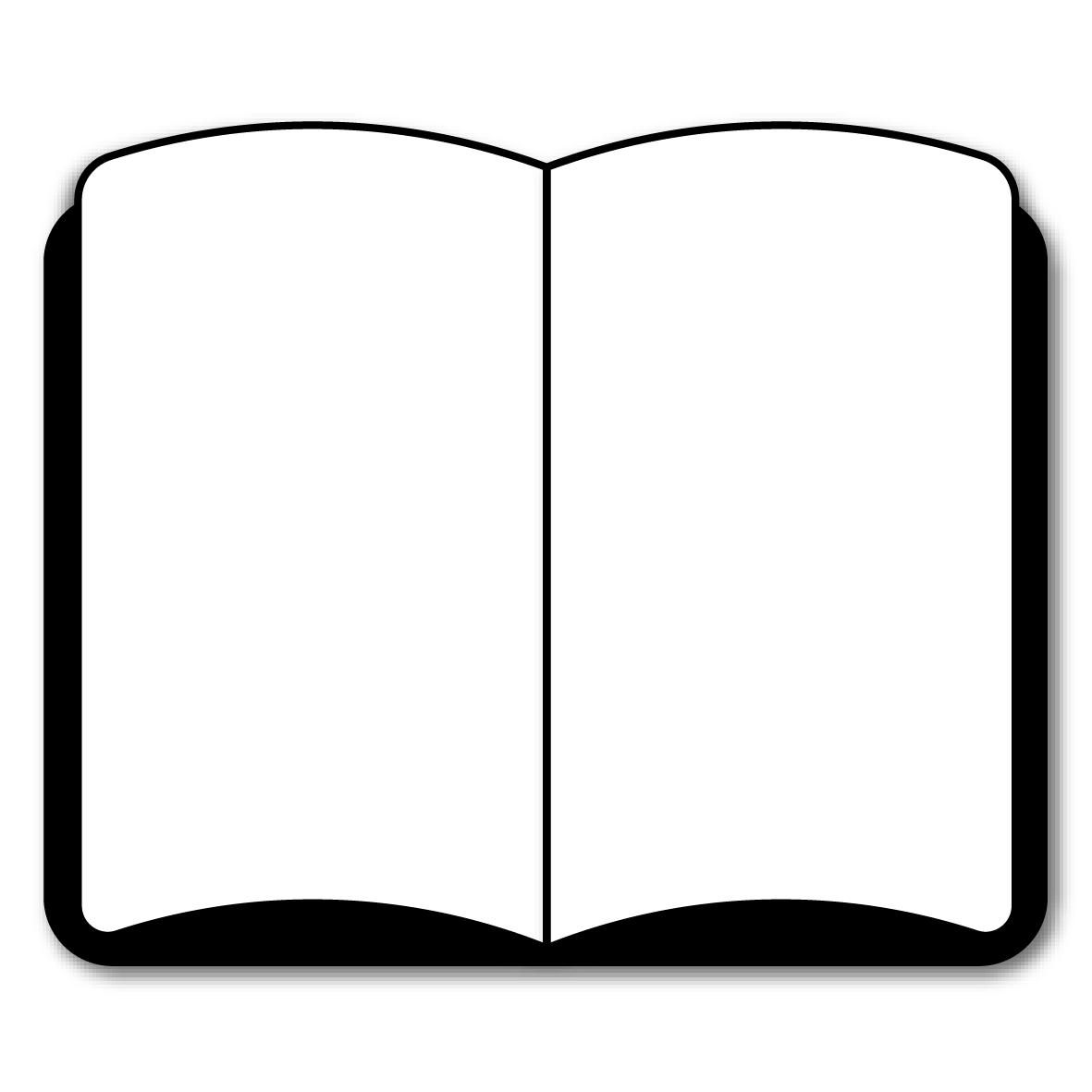If you need help studying for the NYSTCE English Language Arts test or just want some more information about what the test is like, you’ve come to the right place.
Click below to take a free NYSTCE English Language Arts practice test!
What’s on the Exam?
There are 91 questions on the exam, which are grouped into nine competencies, and the time limit is 3 hours and 15 minutes.
The questions are split into two types:
90 questions
Selected-response questions require you to select the correct answer from a list of options. Multiple-choice questions are the most common example, but you may also see true-or-false questions and “matching” questions, which ask you to match terms or concepts with their definitions.
Constructed-Response (CR)
1 question
The constructed-response question requires you to write your answer instead of selecting from a list of choices. Your response to this question is generally expected to be at least a few sentences, but you’ll be given specific details and instructions before you take the test.
Let’s take a closer look at the nine competencies on the exam.
1. Reading Literature
15 questions
- Analyzing the explicit meaning of literary texts
- Determining themes and central ideas of literary texts
- Impact of specific word choices
- Drawing logical inferences from literary texts
- Analyzing particular points of view from a work of literature from outside the US
- Determining the meaning of words and phrases in literary texts
- Analyzing how fiction draws on traditional stories, ancient myths, or religious works
2. Reading Informational Text
15 questions
- The explicit meaning of informational texts
- Drawing inferences
- The effectiveness of a text’s structure
- Determining the central ideas of informational texts
- The contribution of content and style to the power of informational texts
- Determines the meaning of words and phrases in informational texts
- Evaluating multiple information sources in different formats
- Analyzing seminal US documents of literary and historical significance
- Analyzing informational texts on topics related to nontraditional and diverse cultures and viewpoints
3. Writing Arguments
10 questions
- Introducing a precise claim, establishing its significance, and distinguishing it from other claims
- Anticipating the knowledge level and possible biases and values of an audience
- Developing and strengthening a written argument
- Logically sequencing claims, reasons, counterclaims, and evidence
- Developing a conclusion that supports an argument
4. WRiting Informative and Explanatory Texts
10 questions
- Providing clear introductions that indicates what is to follow
- Using precise language to inform about a topic
- Maintaining a formal style
- Developing a topic with relevant facts and details
- Using elements of various literary genres
- Using technology to produce and publish writing
- Drawing evidence from literature to support research, analysis, and reflection
5. Writing Narratives
10 questions
- Providing a conclusion that reflects on what is experienced or resolved over the course of a narrativeEngaging with the reader
- Audience awareness
- Developing and strengthening a narrative
- Using elements of various literary genres
- Using narrative techniques
- Using precise words and phrases that convey a vivid picture
6. Researching to Build and Present Knowledge
10 questions
- Generating a research question and narrowing inquiry
- Gathering relevant information from multiple sources
- Avoiding plagiarism
- Integrating information into a text selectively
- Assessing the strengths and limitations of sources
7. Speaking and Listening
10 questions
- Communicating effectively with audiences
- Promoting civil, democratic discussions and decision-making
- Clarifying, verifying, and challenging ideas
- Evaluating a speaker’s point of view and reasoning
- Ensuring a full range of positions are heard during group discussions
- Orally presenting information
- Strategic uses of digital media in presentations
- Integrating multiple sources of information to solve problems
8. Language
10 questions
- Standard English capitalization, spelling, and punctuation
- Determining the meaning of unknown words and phrases via context
- Determining the meaning of unknown words by identifying word-change patterns
- Active and passive voice
- Figurative language
- General academic and domain-specific words and phrases
- Gathering vocabulary knowledge
9. Pedagogical Content Knowledge
1 question
How to Register
To get started with your registration, you’ll need to create an account on the NYSTCE website. You can then register for the exam and schedule a test date through your account.
Exam Scores
The test is scored using a scaled scoring method. Here’s how it works:
For every question you answer correctly, you get one point added to your raw score. At the end of the test, your final raw score will be converted to a scaled score. This scaled score will range somewhere between 400 and 600.
The reason your raw score is converted to a scaled score is because everyone who takes the test is given a slightly different set of questions. Since everyone has a different arrangement of questions, and because some questions are harder than others, converting your raw score to a scaled score ensures a more even playing field.
FAQs
How many questions are on the NYSTCE English Language Arts exam?
The exam contains 91 questions.
What is the time limit for the NYSTCE English Language Arts exam?
The exam is timed at 3 hours and 15 minutes.
What is the passing score for the NYSTCE English Language Arts exam?
You’ll need to get a final score of at least 520 to pass the exam.
How much does the NYSTCE English Language Arts exam cost?
The exam fee is $122.
NYSTCE and New York State Teacher Certification Examinations are trademarks of the New York State Education Department and Pearson Education, Inc. or its affiliate(s). This page was developed by Mometrix Test Preparation. It was not developed in connection with Pearson Education, Inc., nor was it reviewed, approved or endorsed by these agencies.



 NYSTCE Study Guide
NYSTCE Study Guide NYSTCE Flashcards
NYSTCE Flashcards